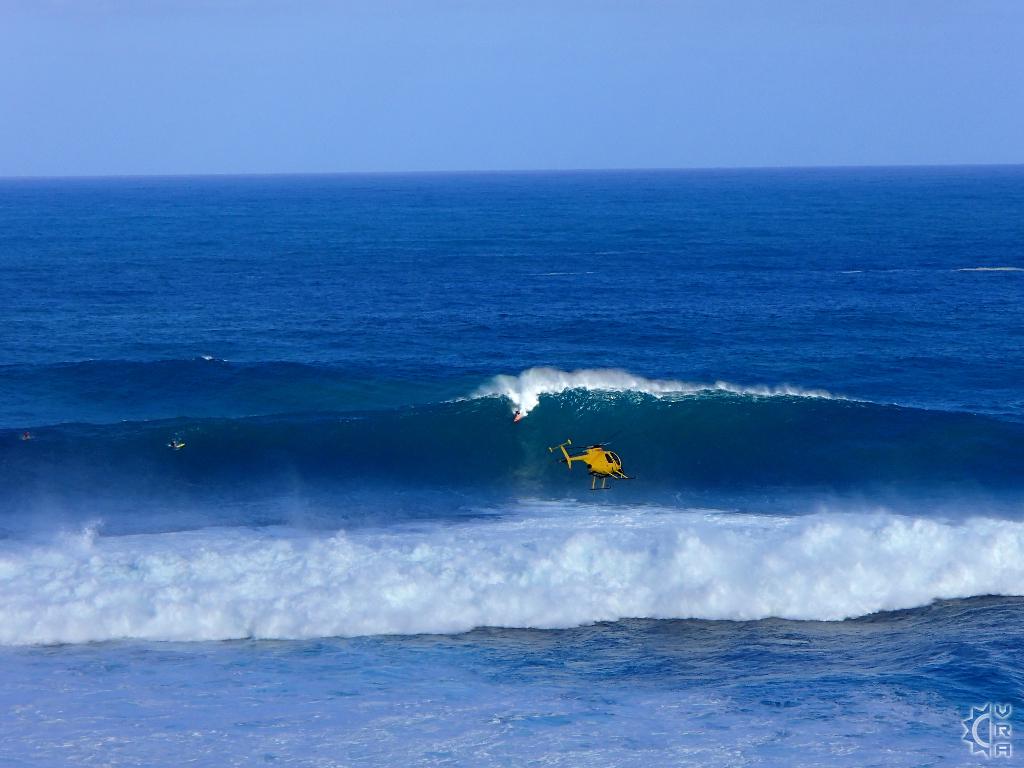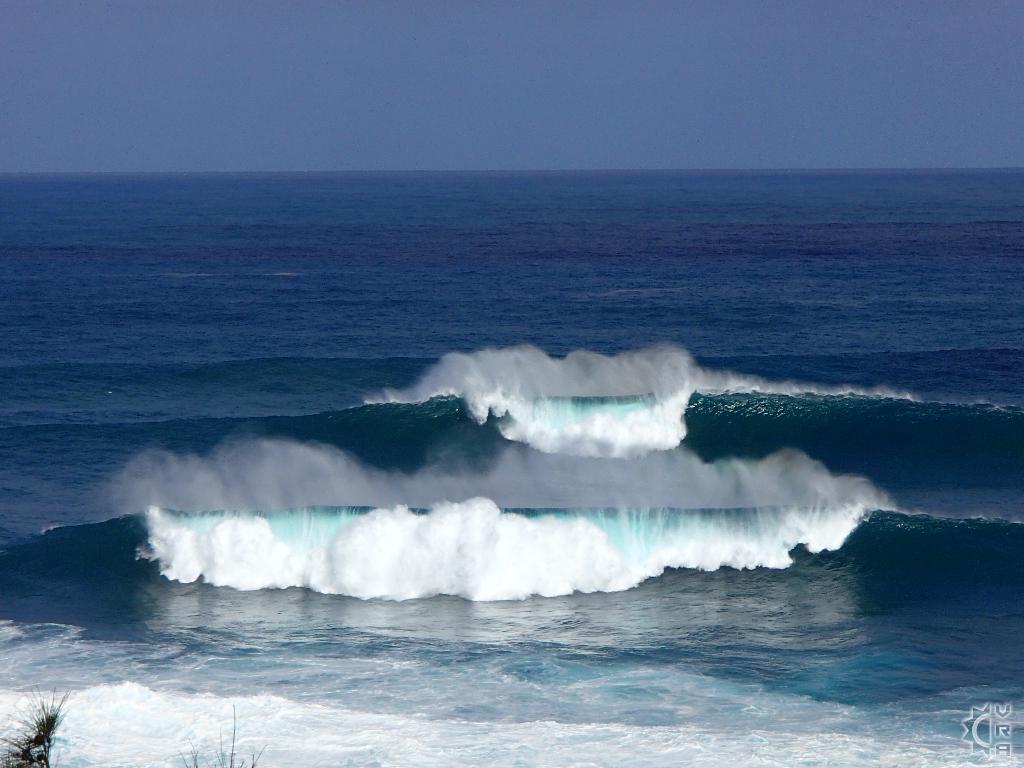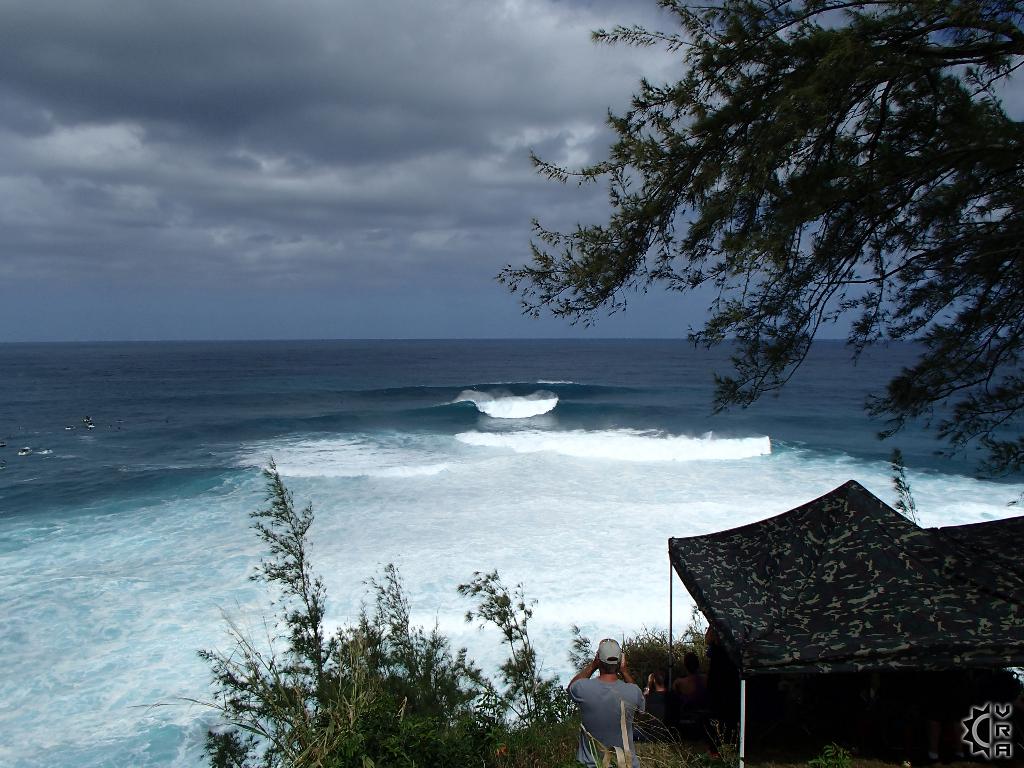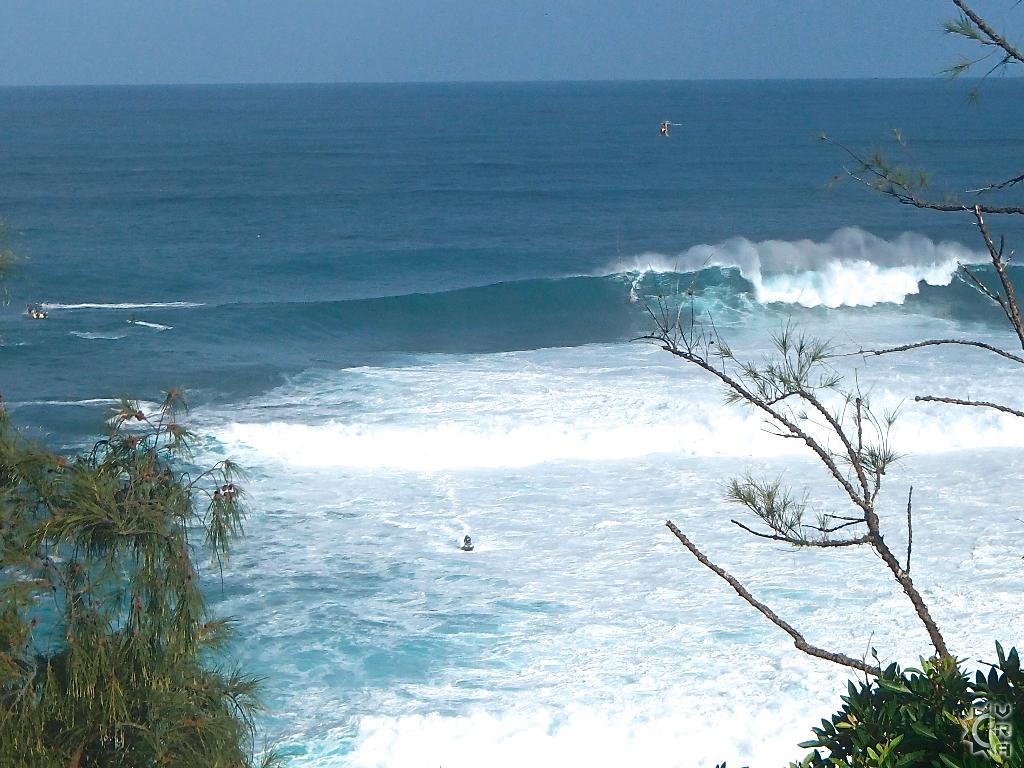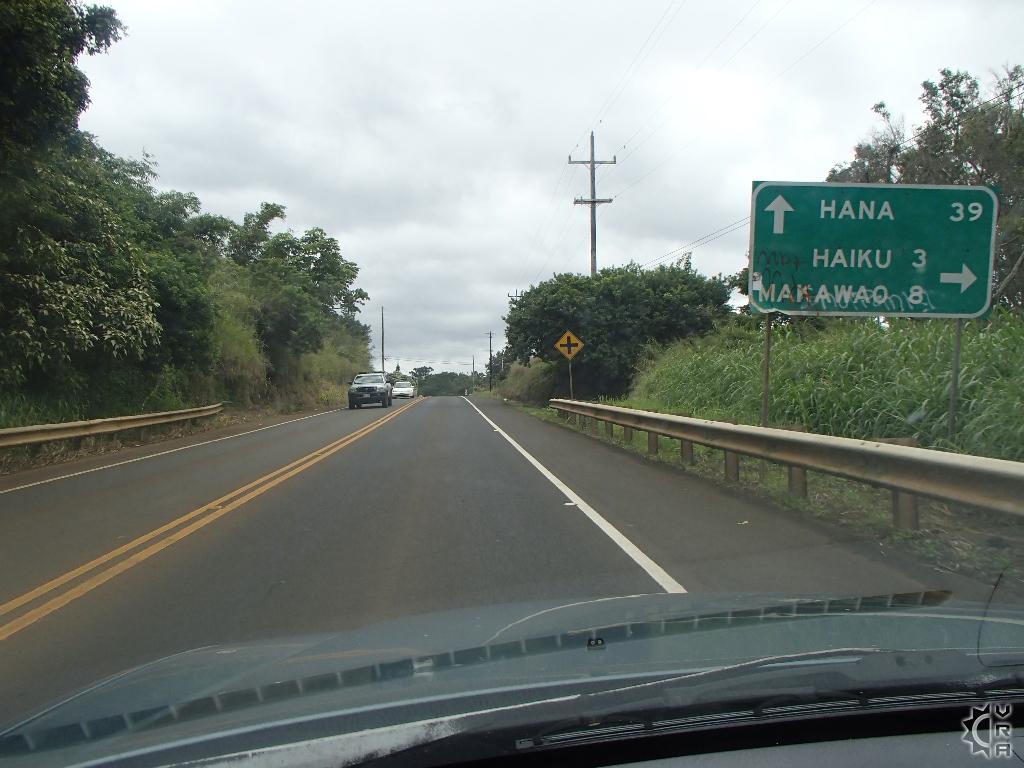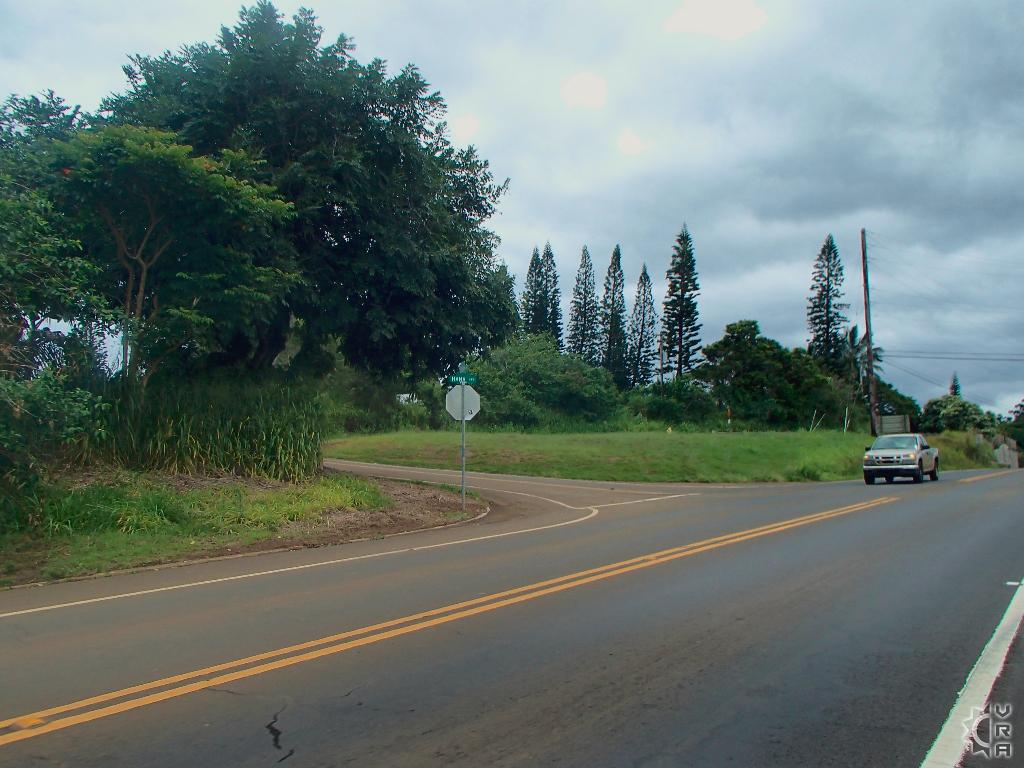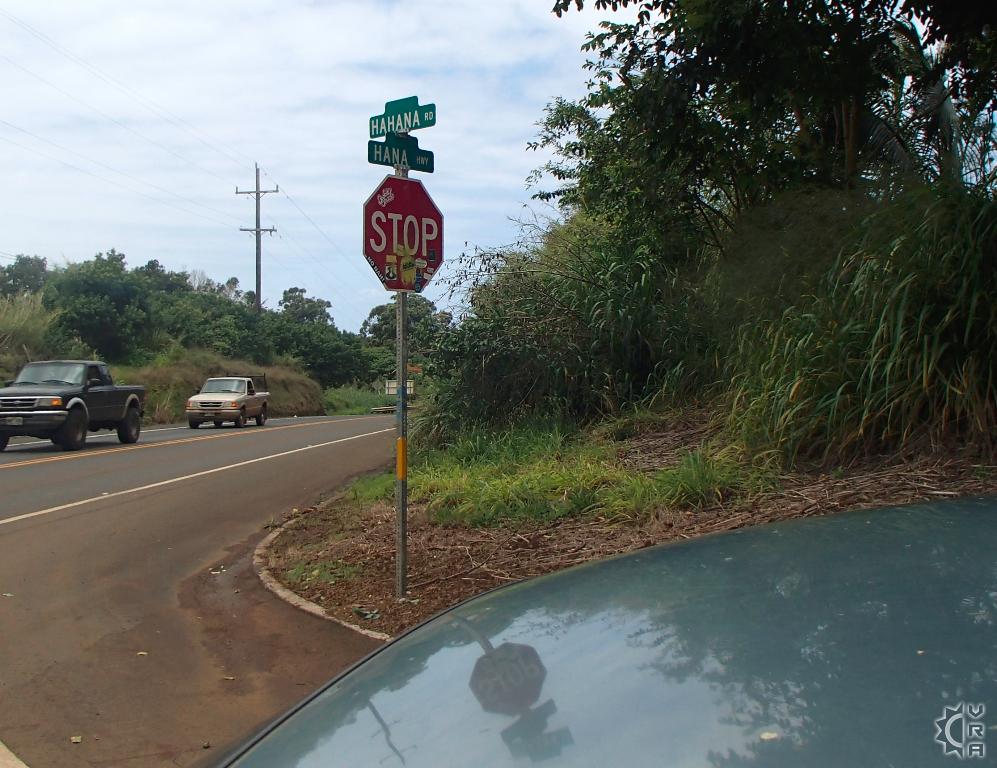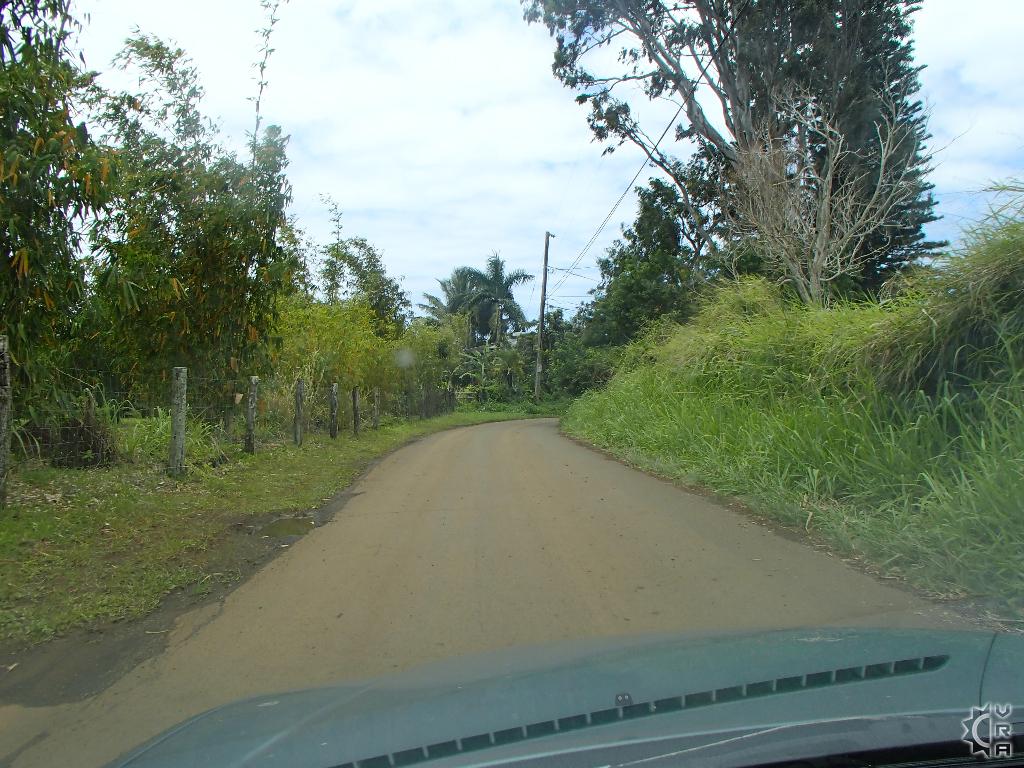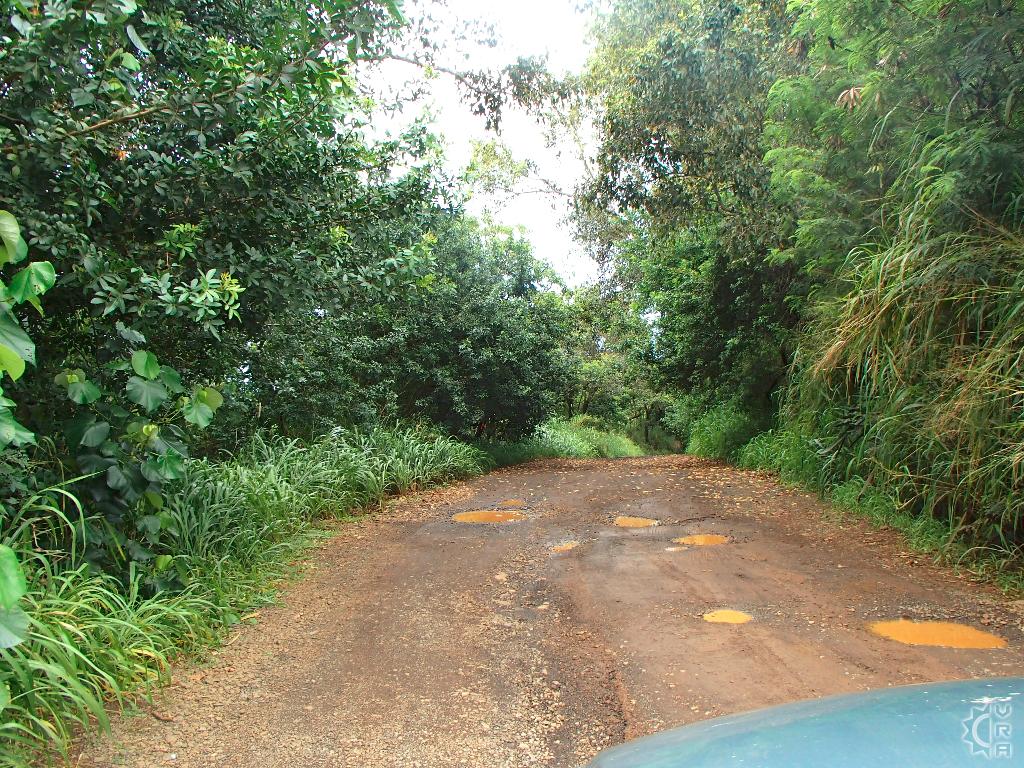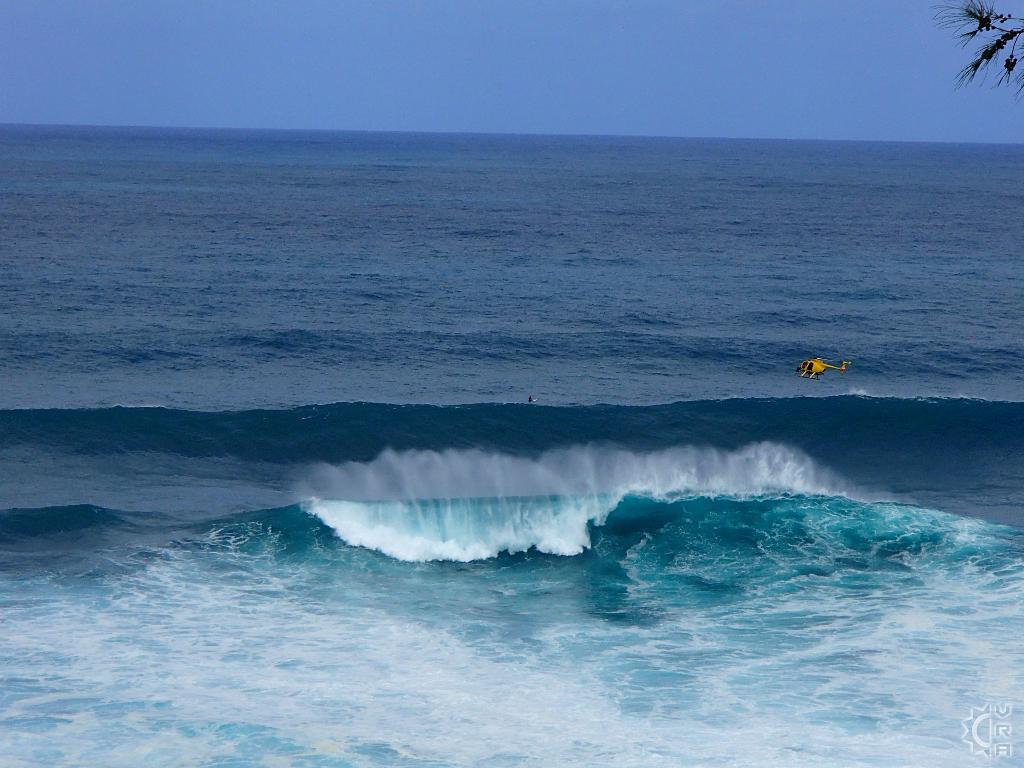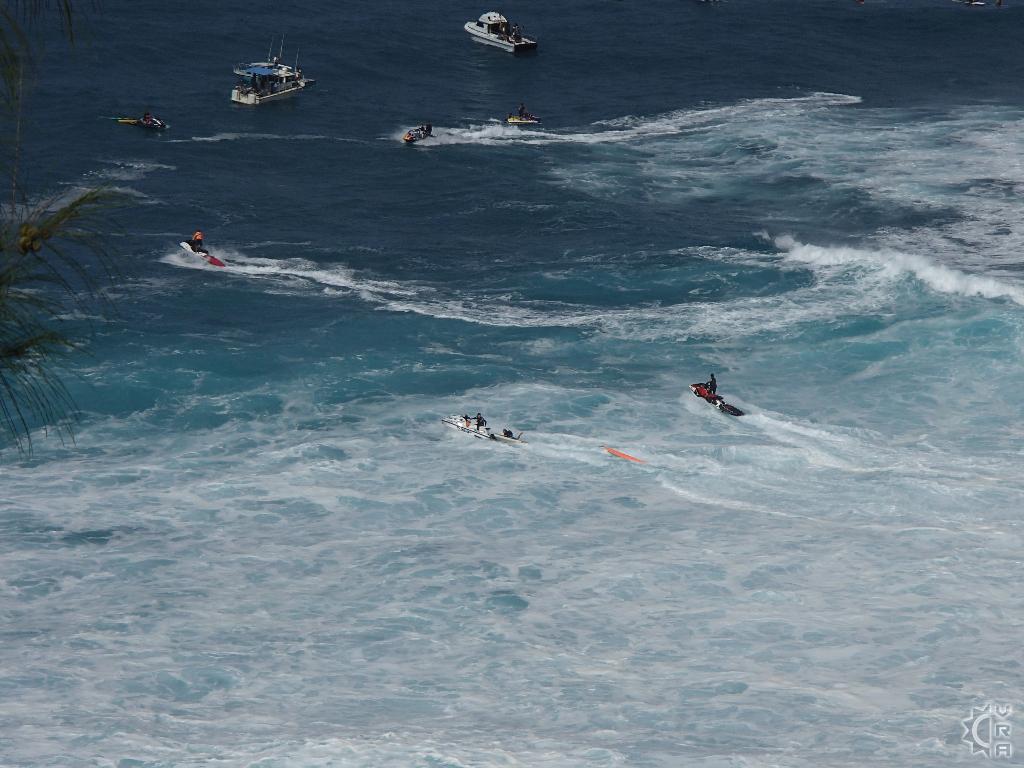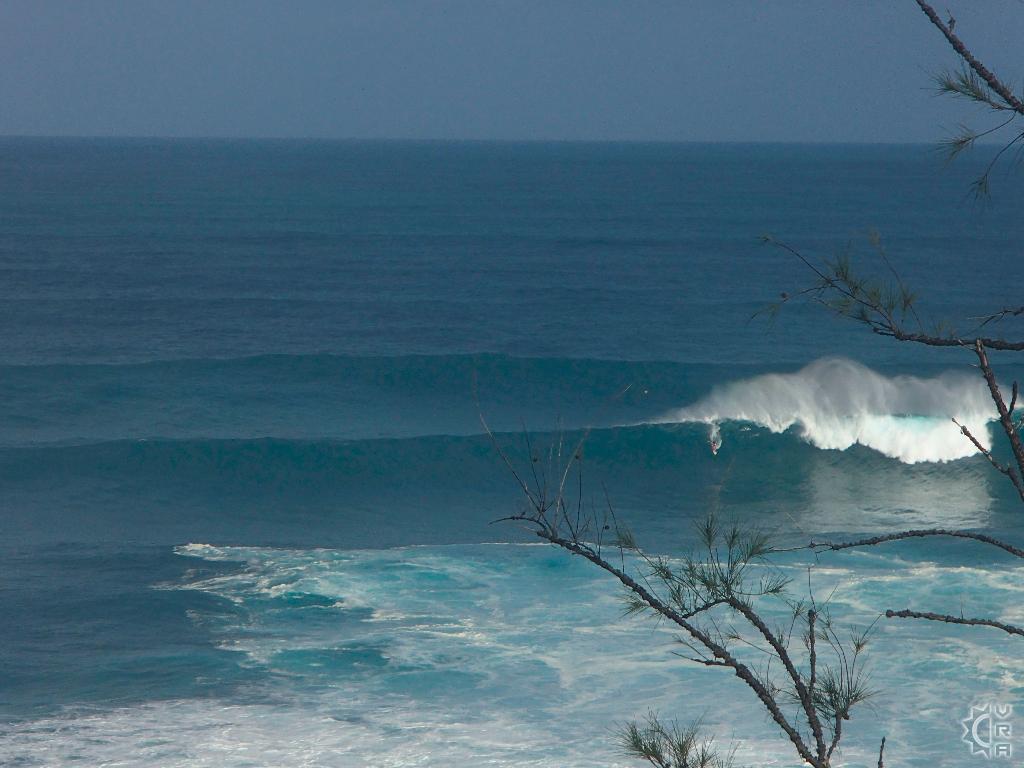Extreme surf watching at Jaws aka Peahi
Description
The Journey to "Jaws", Maui's world famous mega-surf break, is not for the timid. It is located in a remote coastline along the North Shore 7 miles from Paia town, reachable by four-wheel drive vehicle only or by walking the roughshod dirt road for a mile in to the viewing area. When the surf starts reaching 20 feet or more making conditions too big to surf at other North Shore breaks such as Ho'okipa, the waves at "Jaws" are just getting started. The underwater topography beneath the area known as traditionally as "Peahi" pitches the surf upward into the epic range, but only with the most powerful of the north or northwest swells. Waves of 50 feet or more have been ridden here, and it has been the backdrop for several movies. When the swells are large expect a crowd as the masses flock to this earth-shaking wave to watch the intense action first hand.
At a Glance:
Highlights: This mega-wave challenges some of the best surfers in the world creating a thrill a minute spectacle that makes for an exciting day to remember.
Options: Park roadside and walk the dirt road in, or drive in if you have a 4-wheel drive jeep rental.
Hazards!: Beware of the road traffic walking in, lots of excitement and distracted drivers. Viewing is from atop a cliff above the surf break, do not stand close to the cliff edge and supervise your children well if venturing to Jaws
Supplies: Drinking water, shade, good walking shoes, binoculars, and snacks.
Cost: None
How it works:
The perfect mix of conditions to make "Jaws" break is rare, usually happening about 5 to 8 days a year, with some years having as few as 2 days. When winter storms thousands of miles away in the North Pacific, push the ocean surface with hurricane force winds, the resulting swells travel outward until they reach land. As ocean swells approach Hawaii they are crossing the deepest regions of the Pacific then abruptly push upward reflecting the shallow shores. At "Jaws" the under water depth jumps quickly from 60 feet to 30 feet, amplifying the wave energy.
The resulting dance of gravity, wind and wave energy makes for the monumental curved surface surfers dream of riding. There are no beginners surfing here, training, preparation, and years of experience are a necessity before any surfer reaches "Jaws". Some have described it as surfing an avalanche, and on a big day it is easy to see why.
"Towing in" versus "Paddling in":
The originators of surfing "Jaws" used a two-person team system known as tow in surfing. A jet ski with rescue-sled attached tows a surfer strapped to a surfboard with foot mounts enabling speeds close to 20 to 25 miles per hour allowing surfers to match the speed of extremely large waves in the 35 to 50 foot range. If a surfer goes down the jet ski is shadowing behind the wave and can swerve in to attempt a rescue, but rescuer must watch for the next wave and speed out of the way or risk losing the ski or worse. If all this sounds harrowing, it certainly is a wild circus when 20 or more teams are rallying for waves.
In recent years new pioneers have been attempting and accomplishing solo paddles into the waves. There is still a team of jet-ski rescuers nearby to help with wipe out rescues and lost boards retrievals. The absolute thrill of watching a lone surfer attempting to drop in on a house-sized wave is amazing. The crowd that gathers cliff-side will often gasp with breath and shout loudly when a successful wave ride occurs. It is a little bit like a tailgate party on steroids, hundreds of people will cycle through the 400 foot cliff top parking area over the course of several hours. Locals will bring down the whole family and a pop up tent and make a day of it.
The Channel:
When watching the waves at "Jaws" you will see a large gathering of spectators and support on boats, jet ski and even helicopters. The "gallery" of spectators and supporters on the water have traveled here via a boat launch about 5 miles away. Upon reaching Peahi, there is a deep-water area next to the breaking wave. This is called the "channel" and provides the needed rest area and break spot for surfers riding extreme adrenaline. Though no waves break in the channel, there is near constant motion among the many craft in the area, due to the intense currents from all the waves.
Where to start:
If you monitor the weather during your visit, review the surf report for waves breaking on the north shore. "Jaws" will only break properly in the 20 foot plus range, on a day with waves any smaller you would see nothing at the break because large swell energy is required for this spot to wake up. If you are game for the adventure, plan to go early as the crowds will congest the access area by 9 a.m. and persist until sunset or the wind picks up. Strong winds of 20 mph+ will diminish the quality of the waves and reduce surfing for the day.
Directions:
Pass through the town of Paia heading on the Hana Highway east (HI-route 36-E). You will reach the turn to Jaws in 7 miles. On your way, you might turn out at the "Hookipa Lookout" (1.9 miles) to access the conditions of waves before making the journey further to "Jaws". Following Hana Highway east, you will go through a small roadside community of Haiku. Note: The Haiku Community Center restrooms are the last public restrooms before reaching Jaws. Once you have passed through Haiku the road will climb steadily uphill at a gentle incline and the "Valley Isle Memorial" cemetery will be on your left. Passing the cemetery you will be entering Jaws parking zone, most parking is roadside along "Peahi Road", East Kuiaha Road", or "Hahana Road". The access to viewing Jaws is a left turn toward the ocean on "Hahana Road", this will be overloaded by congestion on a big Jaws day. Unless you are driving a jeep down, it is best to park where you can find a spot nearby, then begin the walk in. IF no one is parked along the sides of the road at the Hahana Road intersection then the wave is not happening.
From Hahana Road: Make immediate left at the "T" intersection and pass through the small residential neighborhood until the road turns to dirt surface. From here be aware of the road traffic, following the flow down to the left then bearing to the right will bring you to the landing and parking zone where the crowds gather to watch.
Links:
- Jaws breaking in 2014: http://youtu.be/T_ihn5bPsSM
- Wave report: http://www.surfline.com/surf-report/peahi-jaws-maui_10818/
- NOAA wave reports: http://www.prh.noaa.gov/hnl/pages/surfreports.php
Map


